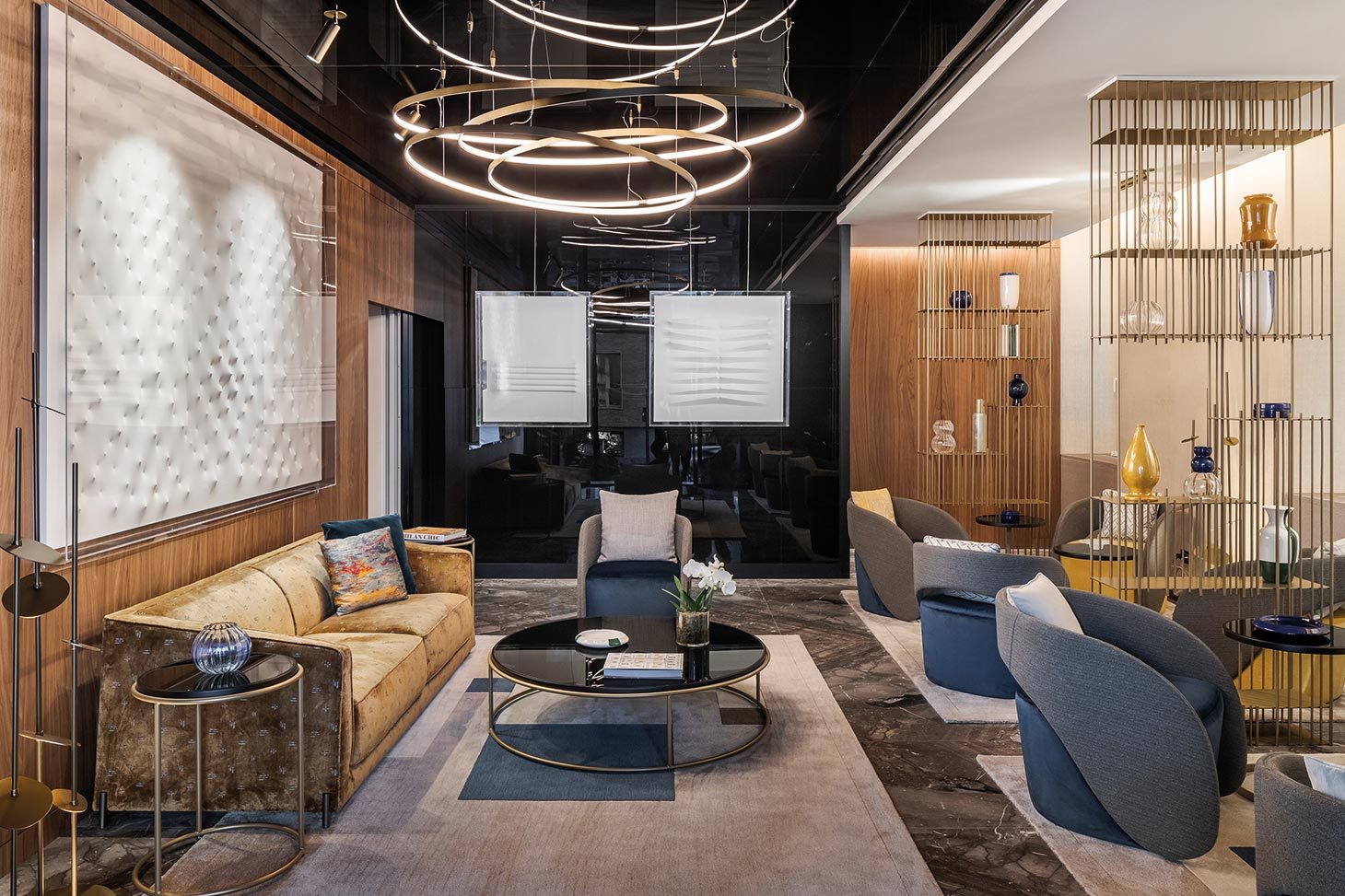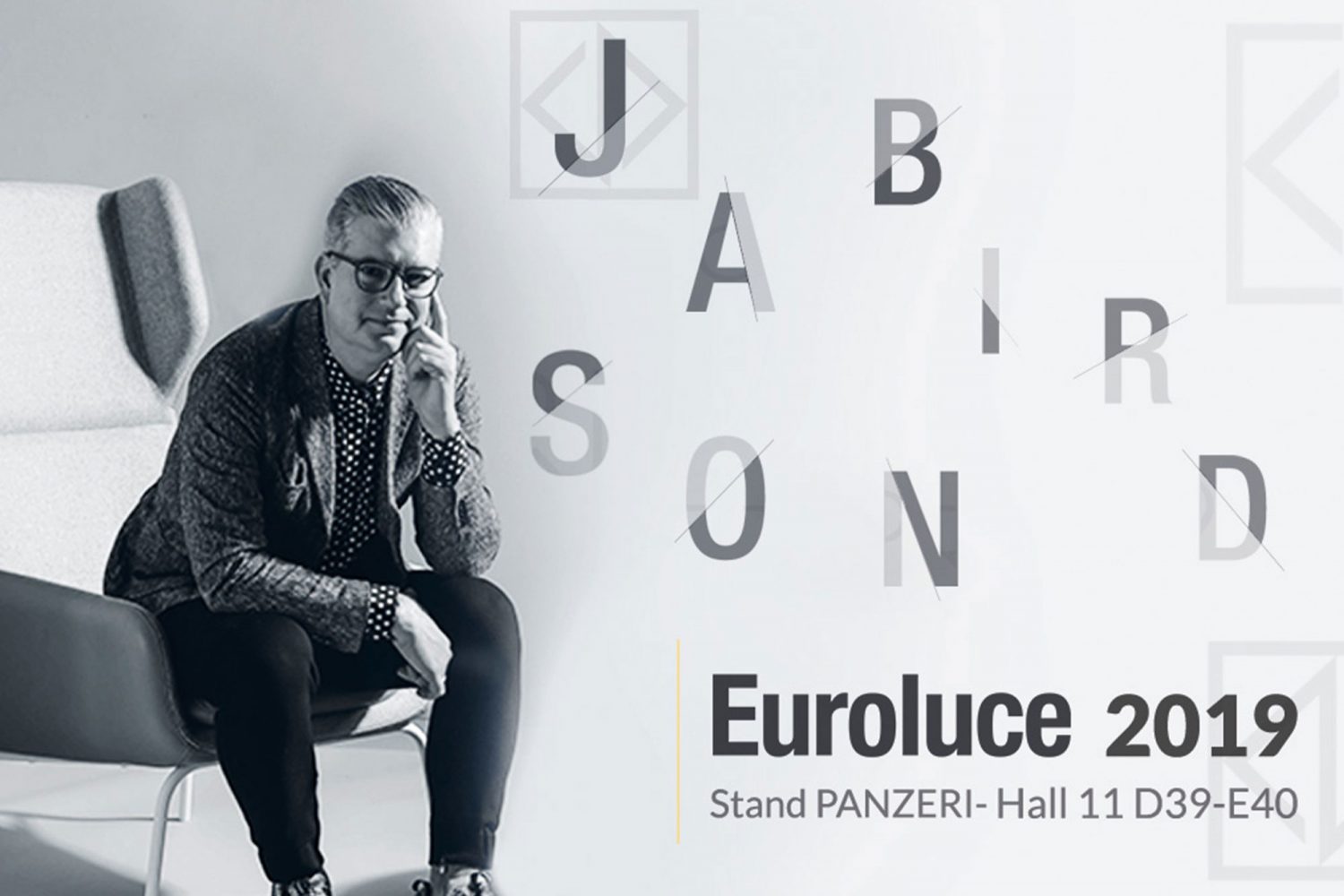
Analysing change
11/11/2020 .Analysing the cultural trends of contemporary society,
.intercepting new flows in international design culture,
.making light the proactive part of the integrated project,
.light perceived as an identifying centre of architecture (for interiors, and for towns and cities).
In order to plan, a company that produces beautiful products needs to thoroughly analyse the changing tastes and sensitivity of potential consumers, who are now more than ever, conscious of ethical and aesthetic choices.
Contemporary society is changing at a speed that was once unknown, to the extent that there are no consolidated styles or shapes, but constant changes in processes that almost instantly become models.
Project culture, neo-design, goes through these social and cultural instabilities and restores those shapes that will become benchmarks, new icons of the international domestic scene (because the world is now our point of reference for design).
The production of light penetrates and permeates a project in all its forms, as an essential component in building any space, whether indoors or outdoors, from its concept creation.
We believe it is essential to establish partnerships between manufacturers, “lighting designers” and planners so that the end result of each design element fully represents an integrated project resulting from interaction between the various participants.
With this new and collaborative form of technical and aesthetic rationale, Panzeri needs to become a “permanent workshop” that overcomes the idea of the supplier and, over time, grows into a rational and crucial collaborator.
This process is an important value not only for our company but also for architects and designers.
You might also like

Panzeri lights up Casa Baglioni in Milan
Casa Baglioni is the new elegant flagship of Milanese hospitality. Located in a 1913 Art Nouveau building a few steps from the Brera district, it was designed by the Spagnulo & Partners architecture firm, which oversaw the creation of the interiors inspired by Milanese 1960s art and design.
Find out more

Jason Bird designs ZigZag for Panzeri
A sound-absorbing lamp, the first from the Australian designer for a European company.
Find out more